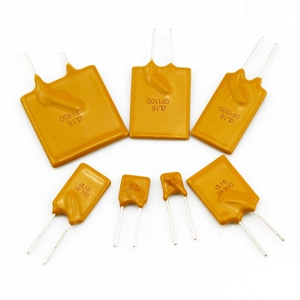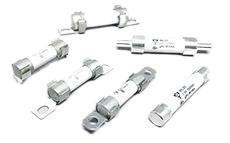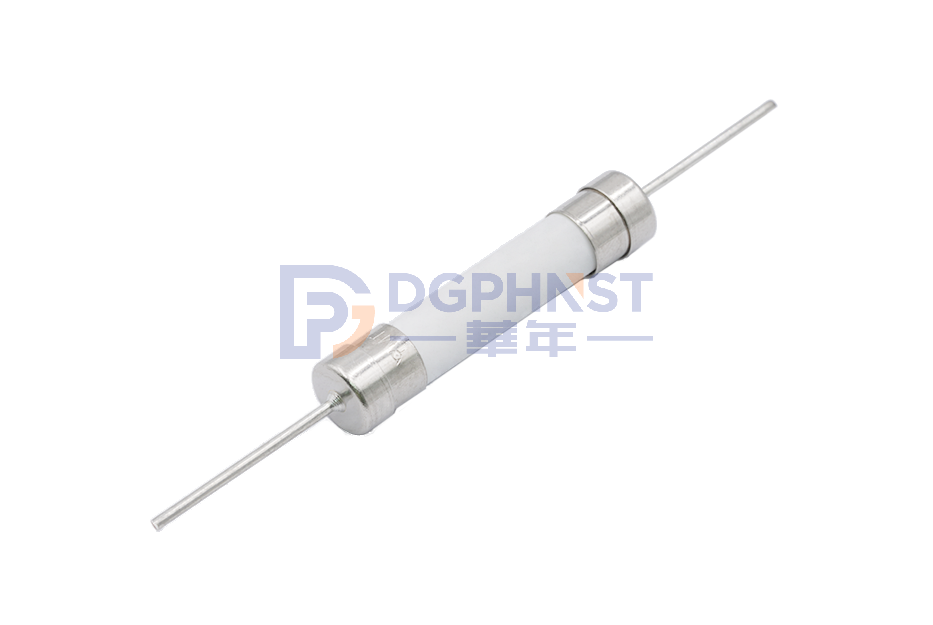In the field of protection of electronic equipment, self-restoring fuses play a very important role. This type of fuse opens the circuit when an overcurrent situation occurs, and automatically resets once the current returns to normal, thus avoiding damage to the equipment. What happens when the self-restoring fuse itself is short-circuited? This paper will explain this phenomenon and its potential consequences in detail, and discuss the corresponding solutions.

As we can see, it is important to understand that the working principle of the self-restoring fuse is based on the thermal sensitive material inside it, and when the current through exceeds its rating, the resistance of the material will rise sharply, causing the circuit to be temporarily disconnected, protecting the subsequent electronic components from excessive current damage. However, if there is a short circuit at both ends of the fuse, it means that the current bypasses the control of the thermal sensitive material, and the short circuit point is active.
In such cases, the self-restoring fuse will not have the protection it should. Because the short circuit causes the current to exceed the fuse, the thermal sensitive material in the fuse can not sense the overload state, and can not trigger the high temperature power failure protection mechanism. As a result, the circuit components that should be protected are subjected to a sustained high current shock, causing overload and even burnout. The abnormally high current caused by the short circuit also causes pressure on the power system, affecting the stability and safety of the entire circuit.
In the case of short circuit of the self-restoring fuse, the user mainly uses the following steps to ensure the safety and normal operation of the equipment:
1. Power inspection: Once the signs of short-circuit of the self-restoring fuse are found, the power supply should be cut off immediately to avoid further equipment damage or safety accidents.
2. Fault location: Carefully check the fuse and its connection line to find the specific location of the short circuit. This uses a test tool such as a multimeter to determine the point of failure.
3. Replace the fuse: If it is confirmed that the fuse has been destroyed, it should be replaced with a self-restoring fuse of the same model or with better performance. Be careful not to use fuses that do not meet specifications to avoid causing new safety problems.
4. System test: After replacing the fuse, do not rush to put it back into use, should first conduct a comprehensive test of the system to ensure that all components can work normally, and then gradually return to normal operation.
5. Regular protection: In order to prevent problems before they happen, it is recommended to carry out regular protection checks on electronic equipment, especially the status monitoring of key components such as fuses to reduce the risk of short circuit in the future.
The short circuit of the self-restoring fuse will not only lose its function of protecting the circuit, but also cause serious damage to the whole circuit system. In this way, once such problems are found, they should be diagnosed and repaired quickly mainly with measures to ensure the safe and reliable operation of electronic equipment. Through correct protection and timely response measures, the negative impact of short circuit can be minimized.


